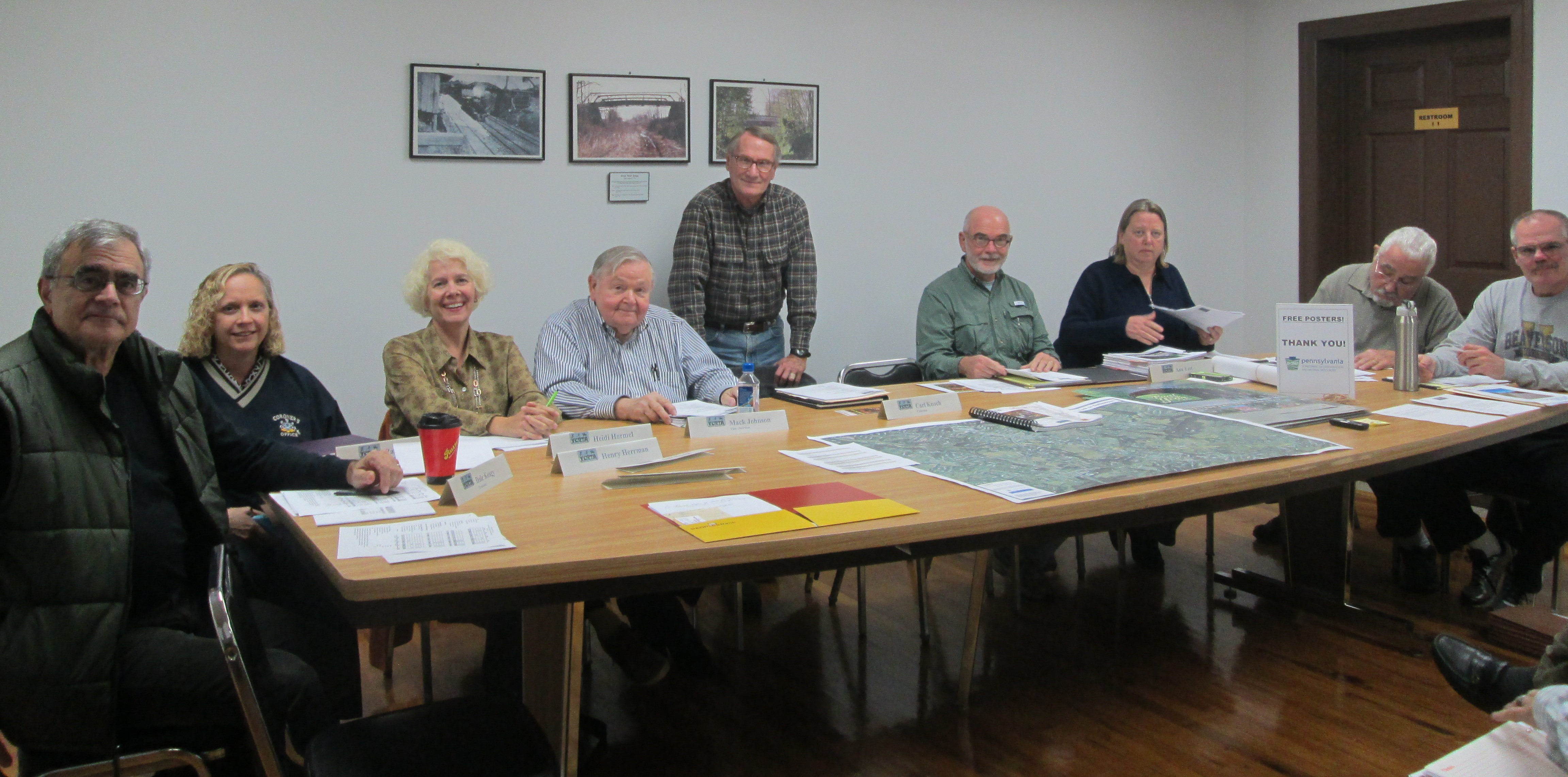Discovering the best in your board members
My Top 5 Tips

“It’s been a great ride!” is a comment I often make when reflecting upon my twenty-two years serving as director of the York County Rail Trail Authority. Collectively, working with the great volunteers who have served on the Authority, we have learned from our challenges and celebrated our successes. During times of “ups and downs,” I have also learned much about what motivates individuals to serve on boards and how to channel that motivation toward advancing the organization as a whole. Organization sustainability is very often dependent upon this balancing act between individual motivations and collective mission.
Looking back to the personal relationships that I have been fortunate enough to experience with the many volunteers who have served our organization over the years, I offer these five tips that may help those who similarly work with board members:
- Understand the type of board you are serving.
There are many different types of boards, each suited to serve specific organization or corporate structures. Common types of boards and their distinguishing characteristics can be found at www.policygovernanceconsulting.com. A director’s job description often varies according to the type of board leading the agency. The York County Rail Trail Authority is a working board, with individuals being recruited to serve based upon specific skills or talents that they can bring to the types of projects we do. Knowing this gives me the opportunity to find the gift in each member and draw upon that particular gift to advance our work. And I have found that volunteers love to be recognized for their special gift and acknowledged for how their gift leads to our success. As a director of a working board, I can deliver the message, “We could not do this without your _______.”
2. Seek to become actively involved in the board recruitment process.
As director, it is my responsibility to track the terms of each Authority member and prepare for future openings. Serving as a voting member on a committee that recruits, interviews, and recommends individuals for appointment to the board validates my role as director and ensures that the recruitment process centers on agency mission. As director, seek to establish written guidelines for recruitment. Then, implement those guidelines and become an active recruiter. During the initial stages of the recruitment process, openly discuss your recruitment efforts with all members of the recruitment team and encourage them to share their efforts.
3. Draw upon strengths and talents.
An effective director needs to know his/her board members – what they enjoy doing, what their time commitments are, how they prefer to communicate, and what they consider to be their strengths. The golden rule in working with any volunteer is to not ask them to do something that falls outside what they consider to be their strengths or what they enjoy doing. Asking for this type of “mix-matched” service is asking for a disgruntled volunteer. Don’t go there! If you cannot match a director with a particular task that needs doing, do it yourself. Each time that you are able to draw upon a talent, skill or interest of a particular board member, you will each share that special energy that comes from success.
4. Become a professional friend.
I highly recommend a balancing act of professionalism and friendship. The director is often the “face” of the organization, and therefore needs to demonstrate professionalism through exemplary appearance and behavior. On the other hand, being in the trail recreation business often encourages me to present myself as a friend of the great outdoors – occasionally wearing running shoes and fleece vest to work. Doing so, professionally, often leads to finding common ground with board members and supporters of your organization. Nurturing these types of professional friendships can strengthen your agency and help to attract the type of future directors that understand and actually live your agency’s mission.
5. Respect…always respect.
This is the bottom line, and the one I will leave you with. As a director, we seek to gain the respect of board members, volunteers, donors, co-workers, peers, and the community in which we work. We gain this respect by showing respect. It is my hope that the tips I have offered above will help you to show respect in all you do to advance our parks, recreation, and trail work across Pennsylvania.
Gwenyth Loose, CPRP
Executive Director
York County Rail Trail Authority

